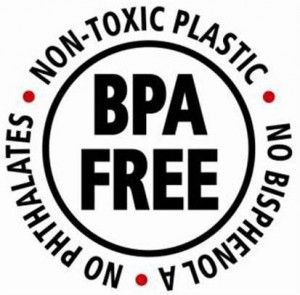“Given the prevalence of these chemicals and the lack of willingness by regulatory agencies to take sweeping action, it is imperative to eliminate endocrine-disruptors from your system.” ~J Green

The full range of dangers presented by the DNA-damaging endocrine disruptor and neurotoxin Bisphenol-A (BPA) is finally being understood and widely communicated by the scientific community.
It has been linked to obesity, infertility and reproductive disorders in both genders, diabetes, breast cancer, prostate cancer, behavioral problems, liver tumors and more. A Harvard study found a whopping 1200% spike in BPA levels in the urine of people who had recently eaten canned soup, and study after study is showing that harm results at much lower levels than previously thought.
However, even more troubling are the studies revealing that BPA substitutes carry the same level and range of dangers that hoodwink people by labeling “BPA Free” when the presence of bisphenol remains as Bisphenol-S, AP, M, or P.
3 new studies are posted below that highlight the dangers to both humans and nature from the presence of these toxins that are still deemed acceptable by the EPA, which continues to urge that the public does not even have a right to know about where BPA and its substitutes appear.
1. BPA stimulates growth of breast cancer cells, diminishes effect of treatment
Bisphenol A (BPA), a chemical commonly used in plastics, appears to increase the proliferation of breast cancer cells, according to Duke Medicine researchers presenting at an annual meeting of endocrine scientists. Continue reading
